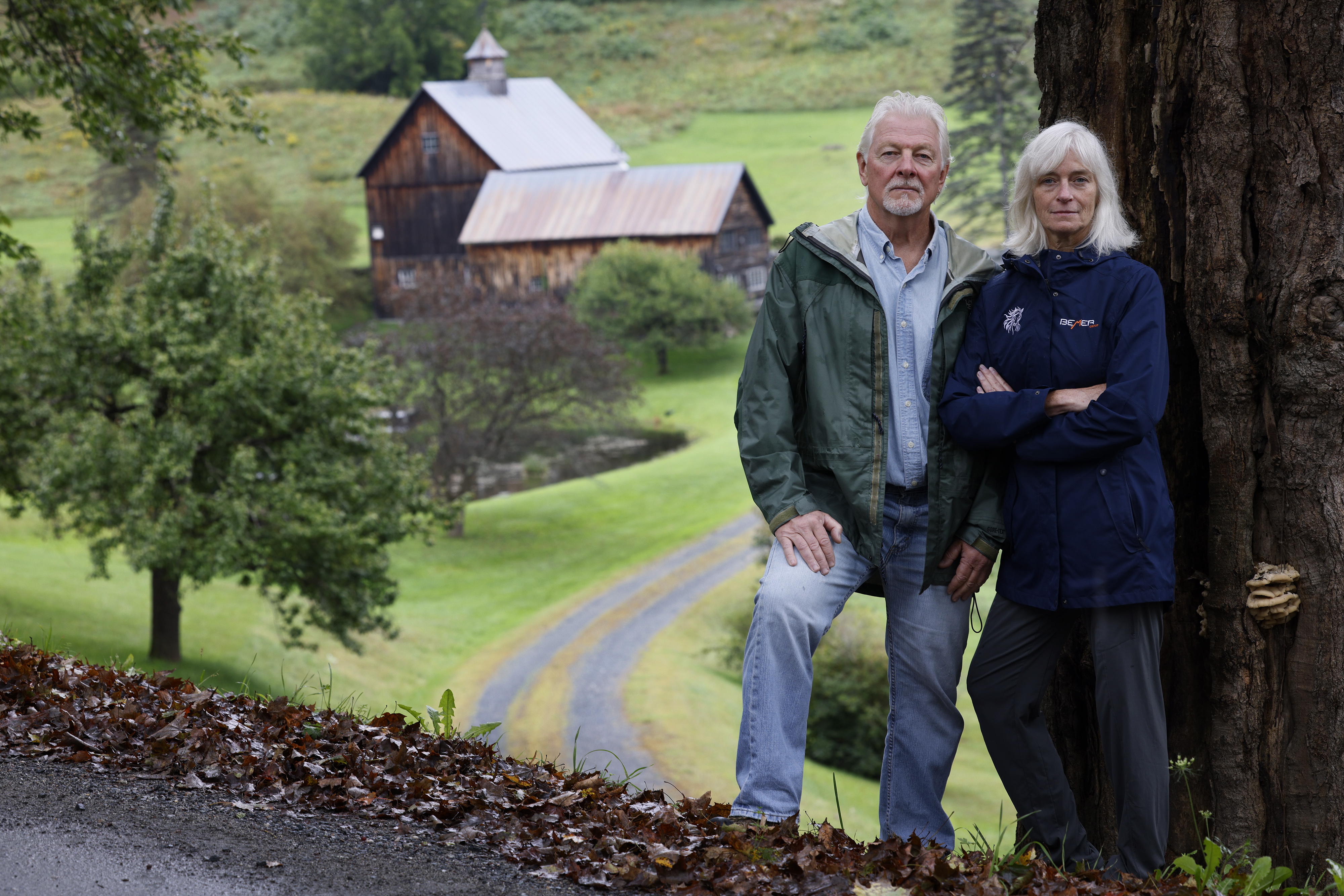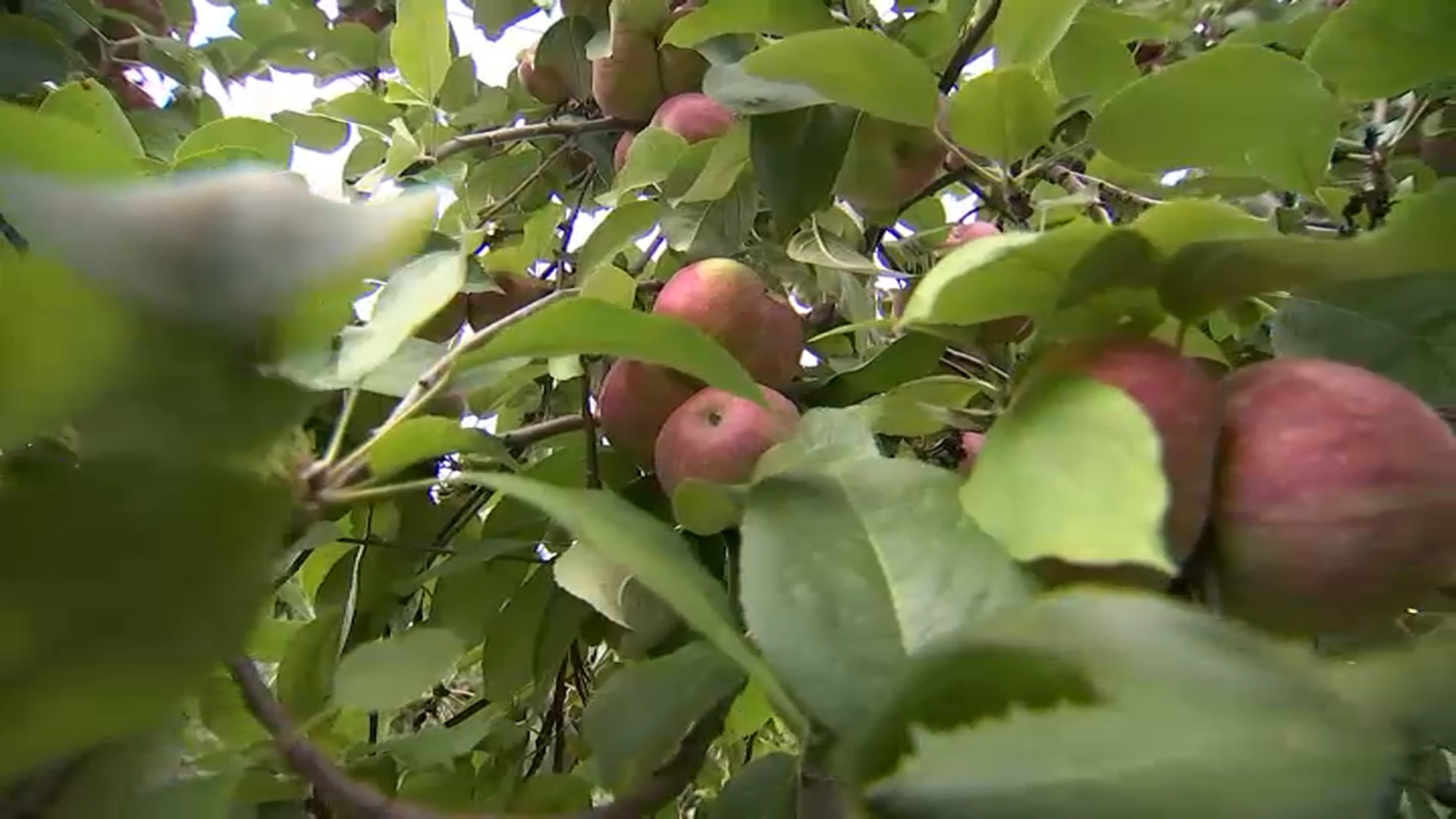There's no doubt about it: we had a bummer summer. And while our plans were either washed away or postponed in the 13 of 17 soggy weekends after Memorial Day, our hopes now hinge upon some stellar autumn weather to make up for lost time.
Already some color has poked out in parts of northern New England.
While not remotely close to peak, the leaves have been challenged by oodles of rain and cloudy days from June-September. There were also short-lived bursts of heat from time to time. The combination of the two already has some wondering whether this foliage season will be as disappointing as the summer vacation season.
Get Boston local news, weather forecasts, lifestyle and entertainment stories to your inbox. Sign up for NBC Boston’s newsletters.
With some tree stands suffering from leaf blight or other endemic diseases, there's a lot of trepidation for the upcoming season. However, as previous seasons have shown -- and the science has corroborated -- we can overcome this with one or two nights of chilly weather.
Ideally, for any of our many deciduous trees in New England, a night in the mid-30s to low 40s accelerates and deepens the "true" color of the leaves. You read that right, the leaves are only masked green in the summer thanks to chlorophyll from photosynthesis.
As the summer sun (what we had of it) fades and the nights grow longer, the reds, oranges, golds, and purples of our native hardwoods are revealed. But to get a bold presentation -- and overcome the leaf drop/degradation from warm weather -- you need the cool nights. The chilly air causes the veins in the leaf to close, trapping the sugars and sharpening their color.
We may have a couple of them in the pipeline this week. Particularly Wednesday and Thursday morning. But will it be enough? Time will tell. Observations in past years have shown that the colors pop between 6-8 days after a chilly night.
So ready your cameras and keep your fingers crossed for some chill in the weeks ahead!



